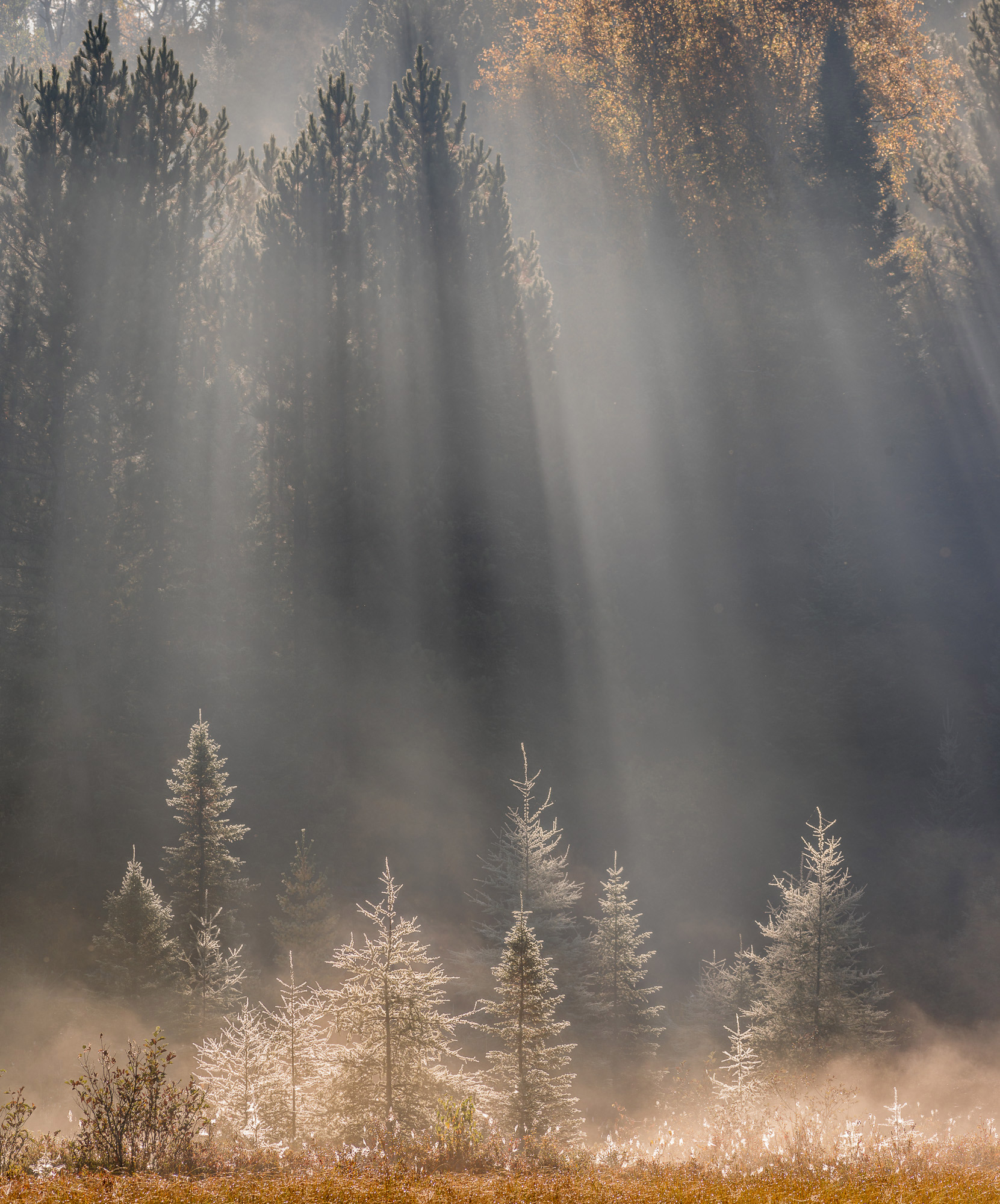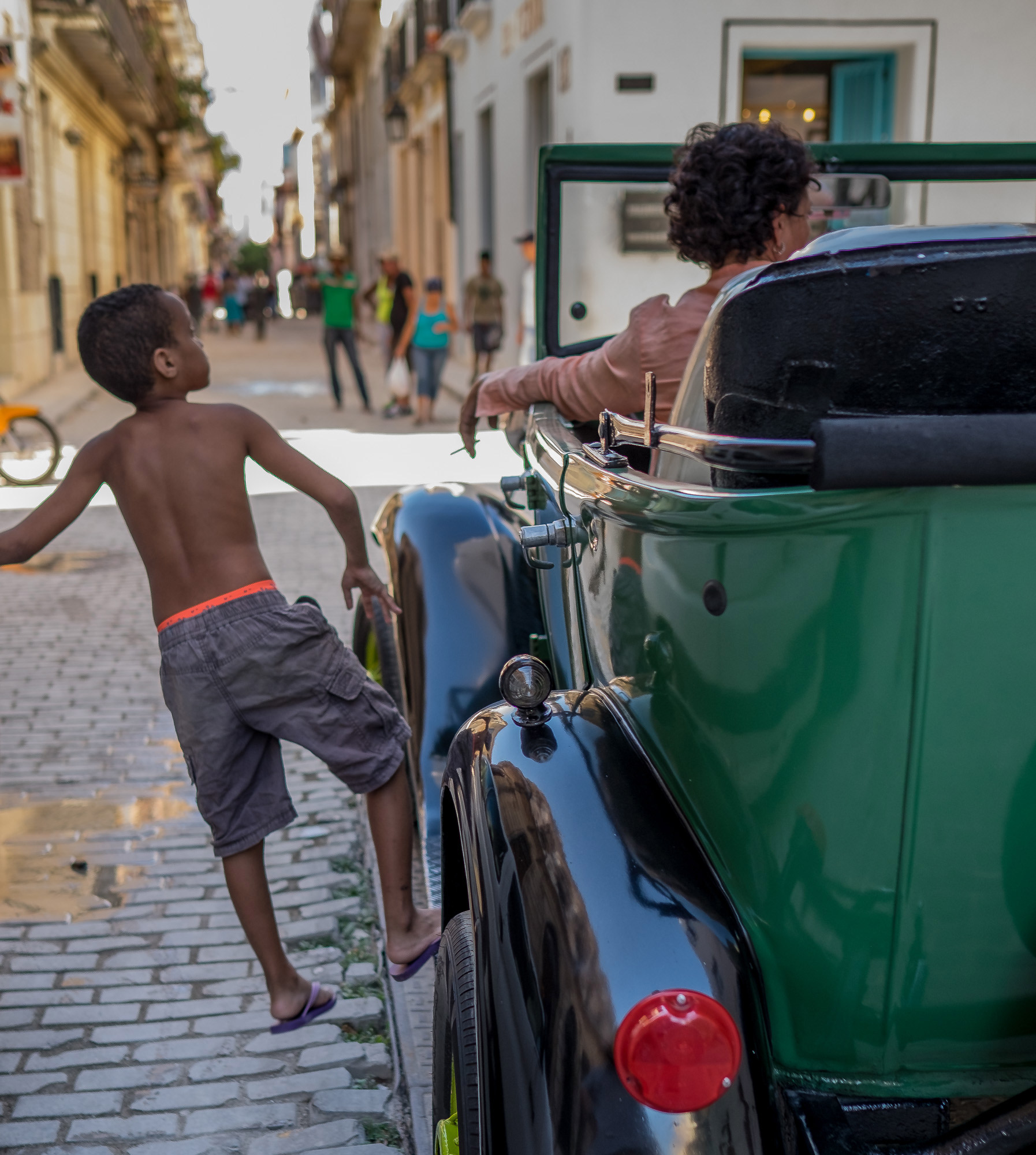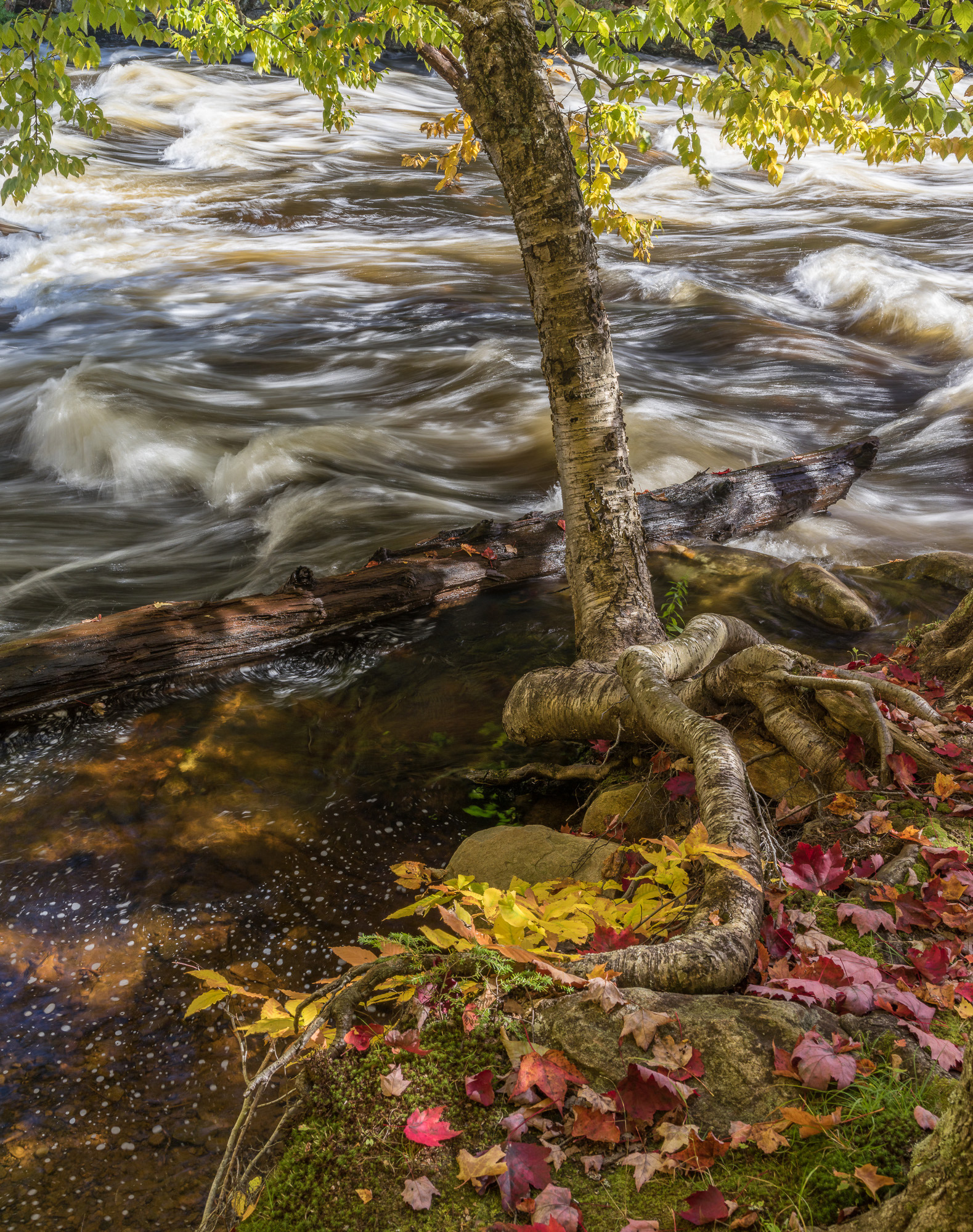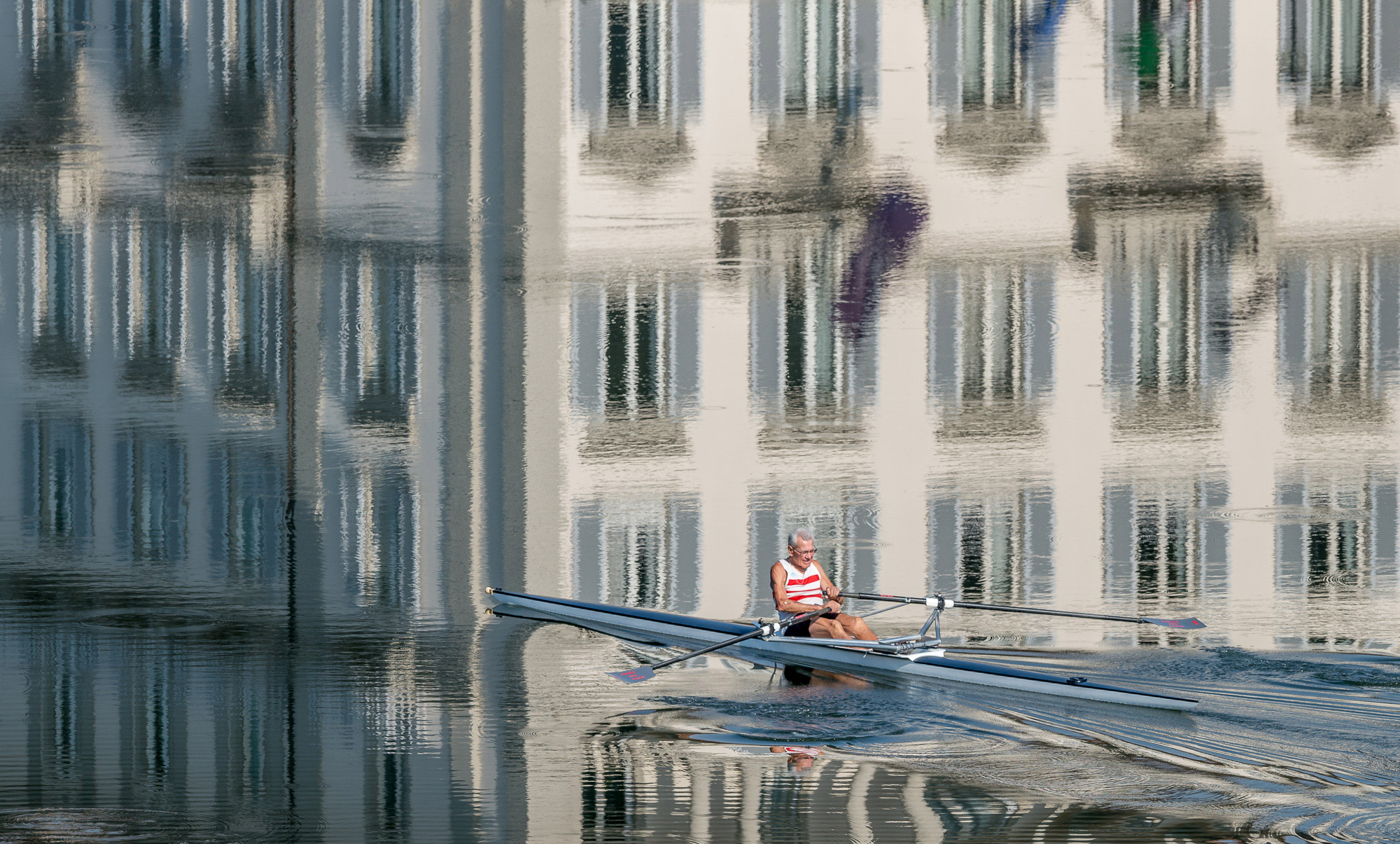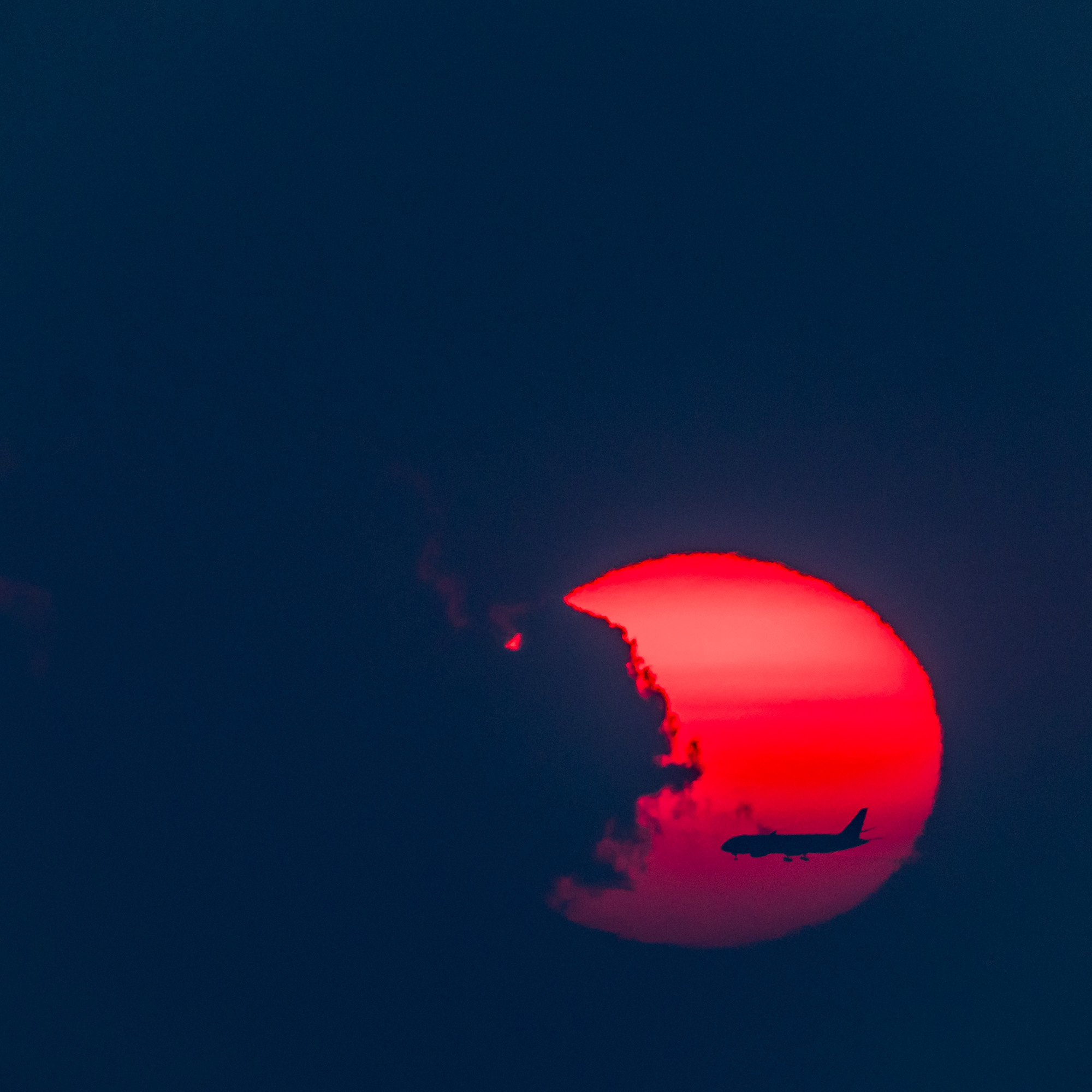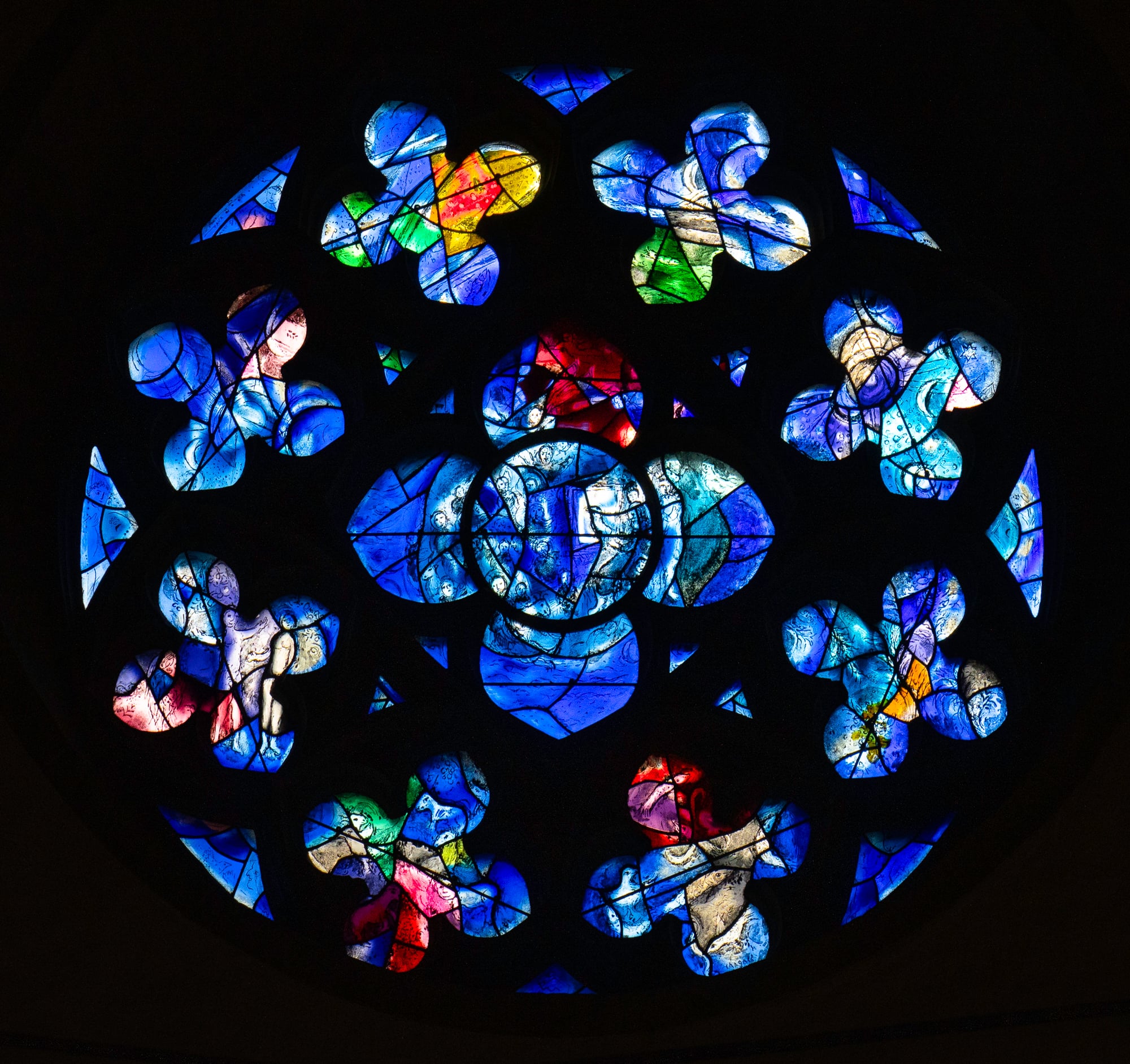Photography is not a creative act.


Got your attention, did I? Don’t worry, I’m not trying to take anything away from you, or from photography.
At its very essence, its core, photography is an act of selection. You select a subject, or at least a general direction to point the camera, you select a point of view, a position; you select a frame; you select some technical options; and then you press a button. That’s the core of it.
Sure, there’s a bunch of things that inevitably follow. Whether in the wet darkroom or seated in front of a computer, you perform at least some minimal manipulations to produce a final picture. Consider this: if you began with a drawing, or an etching, or a painting, and performed those same steps, would it become a photograph? No, it would remain a drawing, an etching, a painting. On the other hand, if you start with a photograph, it remains a photograph whether you perform this manipulation or that manipulation, or whether you do not.
So, photography in its essence is the first part.
This has long been considered a problem, and I maintain that it is not.
Since photography is essentially selection, a “mere” picking of options, photographers and critics have felt that it is somehow lesser than the creative arts in which the artist actually makes things, actually creates things.
This motivates the photographer, and has since the beginning, to add in creative steps. The early photographers mashed their gum bichromate prints, painted their prints, scratched their negatives, all in an effort to add a creative step, a step in which there was a physical making of something from something else.
While I have no objection to making as an additional step after the photograph is taken, I find this particular motivation spurious.
The ability to select, from a group of 1 year old foals, the one which will 2 years hence be able to run a mile the fastest is not a skill that is dismissed. Indeed, a great deal of money and accolades have been earned by people able to perform this mere selection. It is not an easy skill to acquire, it requires a certain genius.
The writer selects words, one by one. By assembling the words into sentences, the writer also creates, makes. This does not mean that the careful selecting of words is to be dismissed. Often it is the “mere” selection of the right word which makes the sentence, or the poem, sing. Conversely, the most elegantly constructed poem would fall flat without that tedious work of selecting the right words.
In the same way, the ability to select a photograph that is excellent, rather than one that is not, should be accorded the same accolades. We do this, unconsciously, but altogether too often insist that, somehow, it is a creative act, a making. People literally say that they do not take photographs, but rather that they make them.
Why?
What is so shameful about “taking” that we must insist that we are instead “making?”
P.H. Emerson famously (in his day) refused to do as much as dodging and burning, his position was that the photographer’s job was as completely as possible to select (although he might not have stated it in those terms) by various technical means. Once the button has been pressed, the work is all over except for a few mechanistic technical details. (Although he did have some weird ideas about what was possible in the development stage.)


To be honest, Emerson seems to have done pretty well with his approach.
This act of selection, while not the same thing as a making, not the same thing as a creative act, should be viewed as an peer of it. The idea that selecting is lesser than creating is absurd and wrong-headed.
By all means, when you have taken your photograph, go then and make something of it, in the darkroom, at the computer. There is no law that says you cannot also create. I “make” things out of photgraphs, sometimes photographs that are not even particularly good. If there is value in this picture, it was added there by my acts of making after I shot it:


This one on the other hand, is an almost pure act of selection, and I think I can be forgiven for supposing that it has a certain charm. It escapes being a cliche, perhaps, because while it hits many of the Noodle Stand notes, the asian fellow is in fact making a crepe.
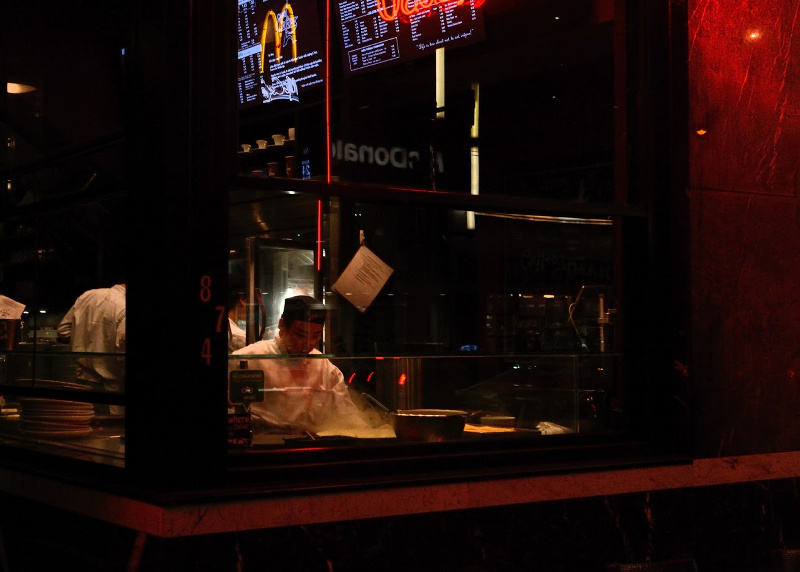

None of this, therefore, is to suggest that making is lesser.
Hours spent in Photoshop stitching, merging, adjusting, or outright painting are creative acts, and can be justified on any grounds from personal enjoyment to the creation of profound works of Art. Similarly, hours or days in the darkroom.
But neither is selecting lesser. The two are, in my mind, full peers. Either can stand equally alone, or the two can be combined to provide another co-equal process.
Andrew Molitor
September 2018
Read this story and all the best stories on The Luminous Landscape
The author has made this story available to Luminous Landscape members only. Upgrade to get instant access to this story and other benefits available only to members.
Why choose us?
Luminous-Landscape is a membership site. Our website contains over 5300 articles on almost every topic, camera, lens and printer you can imagine. Our membership model is simple, just $2 a month ($24.00 USD a year). This $24 gains you access to a wealth of information including all our past and future video tutorials on such topics as Lightroom, Capture One, Printing, file management and dozens of interviews and travel videos.
- New Articles every few days
- All original content found nowhere else on the web
- No Pop Up Google Sense ads – Our advertisers are photo related
- Download/stream video to any device
- NEW videos monthly
- Top well-known photographer contributors
- Posts from industry leaders
- Speciality Photography Workshops
- Mobile device scalable
- Exclusive video interviews
- Special vendor offers for members
- Hands On Product reviews
- FREE – User Forum. One of the most read user forums on the internet
- Access to our community Buy and Sell pages; for members only.






